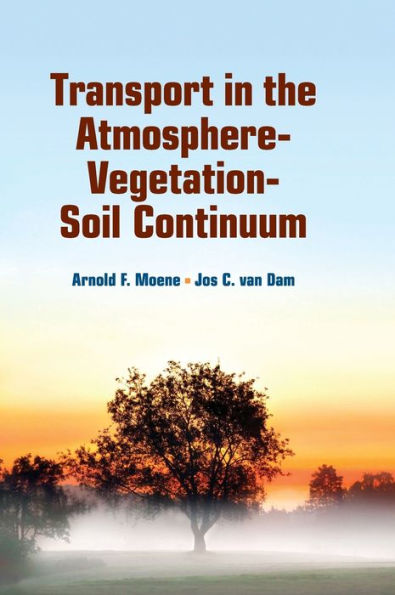5
1
9780521195683



Transport in the Atmosphere-Vegetation-Soil Continuum available in Hardcover, eBook

Transport in the Atmosphere-Vegetation-Soil Continuum
- ISBN-10:
- 0521195683
- ISBN-13:
- 9780521195683
- Pub. Date:
- 01/31/2014
- Publisher:
- Cambridge University Press
- ISBN-10:
- 0521195683
- ISBN-13:
- 9780521195683
- Pub. Date:
- 01/31/2014
- Publisher:
- Cambridge University Press

Transport in the Atmosphere-Vegetation-Soil Continuum
$95.99
95.99
In Stock

Product Details
| ISBN-13: | 9780521195683 |
|---|---|
| Publisher: | Cambridge University Press |
| Publication date: | 01/31/2014 |
| Edition description: | New Edition |
| Pages: | 446 |
| Product dimensions: | 7.00(w) x 10.10(h) x 1.00(d) |
About the Author
From the B&N Reads Blog
